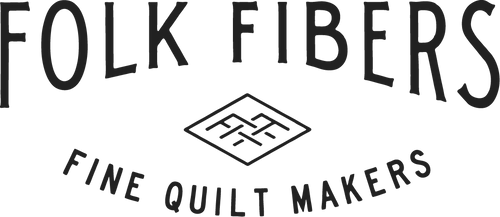

This was my first experience obtaining color from mushrooms. I have a growing interest in mushroom hunting, so it was only a matter of time the lore of natural color would guide me to collecting them for dyes.This past August I stumbled upon a perfect wet wooded breeding ground for a variety of wild mushrooms. I used rubber gloves to carefully harvest all the mushrooms found on the water front of my parents lake house near theVirginia/North Carolina border. Warning, some mushrooms are extremely poisonous, and even after dye and washing, the fabric can still hold dangerous properties that could irritate skin. Stay safe with gloves, eye protection and proper ventilation, or wait until an expert can assist you.
In keeping with simple textile techniques, I gathered all I could find and classified them into 7 groups based on shape and color. I put the mushrooms in ziplock bags to transport them home to Texas. I carefully placed the bags filled with mushrooms in a cardboard box and carried them onto the plane. I had no problems getting them through airport securities. When I arrived home a few hours later Iimmediately placed each mushroom group separately into 1 gallon glass jars filled with tap water. I secured a lid on each jar and let them sit out in the sun for a few days. This technique is referred to as solar dyeing. Once they had brewed a few days in the sun the water in each jar had darkened into 7 unique colors. I added fabric and yarn samples to each jar: cotton, wool, and silk. I left the fabric samples soak for a couple of weeks before straining and washing the fibers. This brewing process could be done quickly by boiling the mushrooms in pots over a stove, BUT I would not recommend boiling the mushrooms unless you are absolutely aware of the mushroom variety and it's level of toxins, because breathing in the fumes or coming in contact with your skin could be extremely dangerous if not fatal. I chose the solar dye jars for a couple reasons, mostly because it was the safest way to extract color from mushroom varieties I didn't know much about. Solar dye jars are also a great option when you have small quantities, and the time available to take advantage of free energy from the sun.

A couple years ago I took a fantastic 6 course lecture series on Fungi, taught through the Wagner Free Institue of Science in Philadelphia. At the time I was working on a small organic Farm in Philly and I attended the class in hopes of learning more about my fascination and appreciation forFungi. The class terminology was a little over my head, but it helped me understanding the natural philosophy of fungi more clearly. Fungi can be good and bad, it is all about balance, and always is.
Fungi is a beneficial decomposer in soils, especially in rich soils like those we want in our gardens. Having the “right” fungi present in soils can promote plant health.BUTFungi can also cause billions of dollars in losses to agricultural crops every year. Fungi constitute an entire kingdom of organisms, just as plants and animals do but they are far less well known. Some experts have suggested that there may be 10 times more fungal species than plant species. Because there are so many different kinds of fungi, and many are microscopic, just identifying them is a challenge. To learn more about fungi I highly recommend The Fifth Kingdom by Bryce Kendrick who studied fungi for more than 50 years, offering a comprehensive reference along with many pictures.
I used all the mushrooms in the dye jars, to classify my results I ended up using watercolors to paint the varieties of mushrooms.









